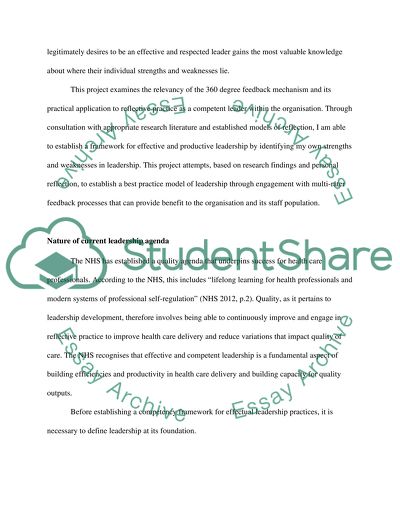Cite this document
(“Critical evaluation of leadership values, attitudes and behaviours and Essay”, n.d.)
Retrieved from https://studentshare.org/nursing/1466318-with-reference-to-your-structured-reflection-of
Retrieved from https://studentshare.org/nursing/1466318-with-reference-to-your-structured-reflection-of
(Critical Evaluation of Leadership Values, Attitudes and Behaviours and Essay)
https://studentshare.org/nursing/1466318-with-reference-to-your-structured-reflection-of.
https://studentshare.org/nursing/1466318-with-reference-to-your-structured-reflection-of.
“Critical Evaluation of Leadership Values, Attitudes and Behaviours and Essay”, n.d. https://studentshare.org/nursing/1466318-with-reference-to-your-structured-reflection-of.


